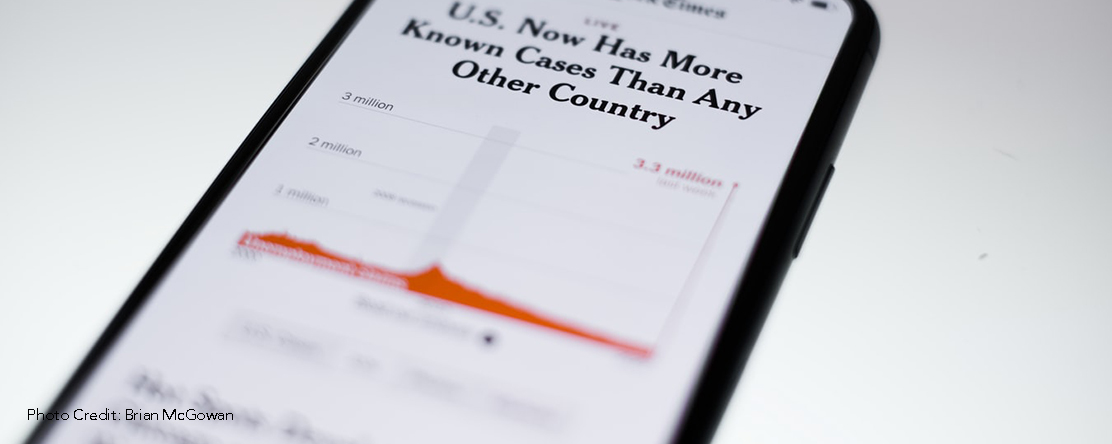
Communicating About Racial Equity and COVID-19: Connecting Data to Context
-
Focus Areas
Capacity Building & Leadership, Communicable Disease Prevention -
Expertise
Media Advocacy & Communications -
Programs
Berkeley Media Studies Group -
Strategic Initiatives
COVID-19

Because we are steeped in the research demonstrating the longstanding health harms from inequities, most of us in public health were not surprised by the headlines from Chicago, and now other places, reporting the disproportionate number of Black, Latinx, and Native infections and deaths from COVID-19. But for the general public, and even policymakers, the interpretation of those data is likely to be different. Without the background knowledge, when people hear statistics reporting disproportionate impact, they are likely to attribute the cause to individual behavior. When people view the root cause of disparities as individual failings, the only solutions that seem plausible are telling individuals to do better or moving resources away from them since it appears like current resources are not helping.
To help people understand the full meaning of data about the distribution of COVID-19, we must connect the context to the statistics every time we mention them. Berkeley Media Studies Group talks about this as the difference between depicting a landscape versus a portrait. Statistics alone will trigger people to think about portraits of individuals. Our job when communicating about COVID-19 is to embed the portrait in a broader landscape.
Depending on local circumstances and data, there may be different ways to embed the data in a larger landscape. Typically, you won’t be able to talk about every social determinant of health or public system, so you will have to choose some aspect of the landscape to use as an example. Being strategic, you could pick one part of the landscape for which you are actively seeking policy solutions, such as around providing stable housing or food access. In that case, when you describe disparities in data, you could highlight the fact that it is not surprising to see higher rates of illness and death of any kind, including COVID-19, among people who have been deprived of the basic necessities of well-being like food and shelter. Even if you don’t have a strategic reason to choose one aspect of the landscape over another, pick something to use as an example to make it easier for your audience to see that the context matters.
In this instance, the data about disproportionate impact comprise the problem statement. The part of the landscape that you describe to provide context also points to the solution. And, with every communication about COVID-19, be sure to express your values so your audience knows why this matters to you personally and to our whole community and region.
Originally published by Berkeley Media Studies Group
Work With Us
You change the world. We do the rest. Explore fiscal sponsorship at PHI.
Support Us
Together, we can accelerate our response to public health’s most critical issues.
Find Employment
Begin your career at the Public Health Institute.


